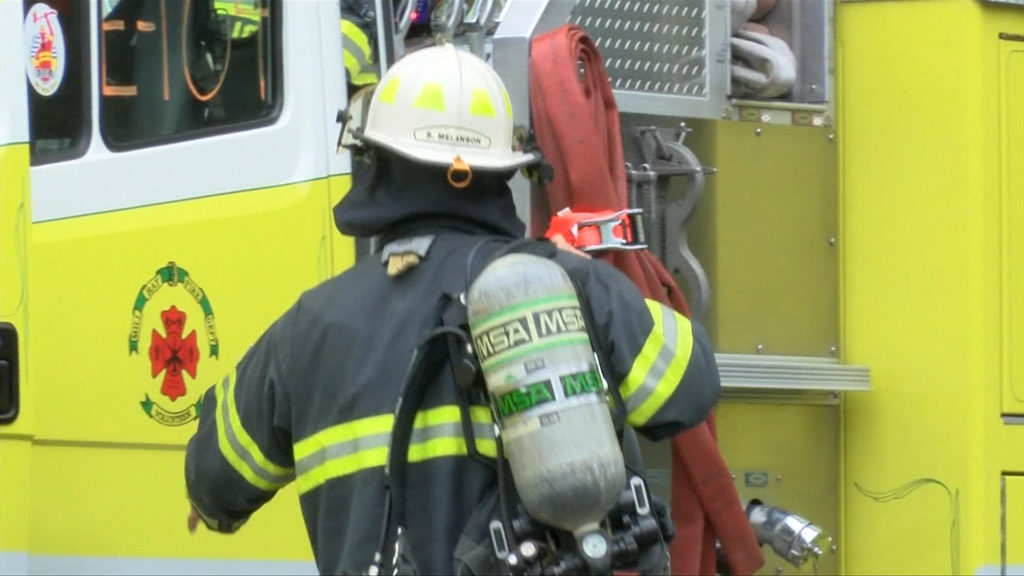
Firefighters are at higher risk of developing cancer due to the hazards they face, and the B.C. government has added three more cancers to a list that firefighters can receive workers’ compensation for if they develop.
The Firefighters’ Occupational Disease Regulation outlines the types of cancers that a firefighter can claim workers’ compensation for without needing to prove a connection to employment if they develop within a certain period of between five to 25 years depending on the type of cancer.
“It goes without saying that firefighters face a lot of hazards in their work,” Labour Minister Harry Bains said in a news release.
“When it comes to the workers’ compensation system, they shouldn’t have to prove that certain long-term illnesses are work-related in order to access supports. B.C.’s firefighters have been asking for this protection, and I am proud to support these people who do so much to keep British Columbians safe.”
Now, ovarian, cervical and penile cancers are added to the list of cancers that don’t need proof of a connection to employment to claim.
“We are extremely thankful for the expansion of the presumptive list of occupational diseases recognized in the legislation, along with the reduction in cumulative latency periods for other existing cancers,” Gord Ditchburn, president of BC Professional Fire Fighters’ Association, said in a news release. “Our female firefighters who are on the front lines must be recognized, and we stand with them in our advocacy for health, safety and support for all members.”
The other 13 cancers on the list are:
- primary leukemia;
- primary non-Hodgkin’s lymphoma;
- primary site bladder cancer;
- primary site brain cancer;
- primary site colorectal cancer;
- primary site kidney cancer;
- primary site lung cancer;
- primary site testicular cancer;
- primary site ureter cancer;
- primary site esophageal cancer;
- primary site breast cancer;
- primary site prostate cancer;
- multiple myeloma.
The government says this reduces the number of barriers firefighters face in accessing workers’ compensation benefits and resources.
The changes also reflect the growing number of women entering the profession, by adding gender-specific cancers to the list.
“These changes will benefit all fire departments and personnel, particularly volunteer fire departments and those with minimal resources, including the many strong female First Nations firefighters who serve their communities,” said Anthony Moore, president of First Nations Emergency Services Society. “I believe this is going to go a long way to assist many people in the firefighting profession.”
The province first recognized certain cancers as occupational hazards for firefighters in 2005.




